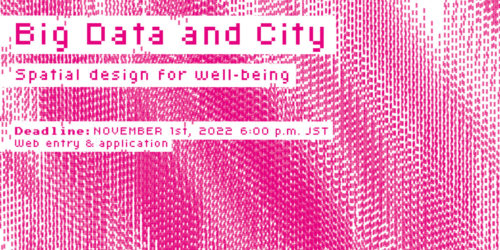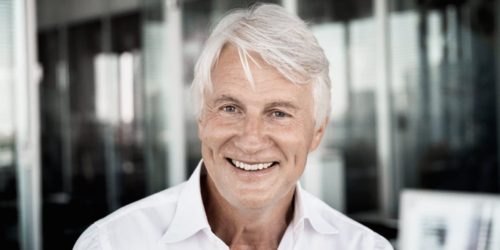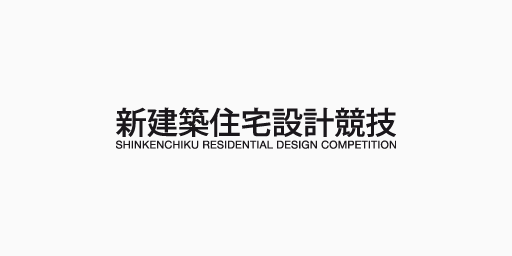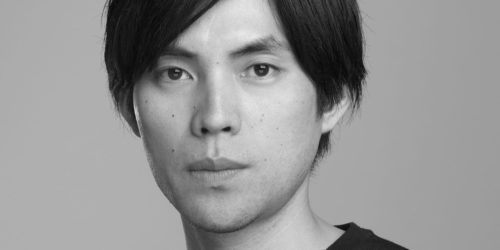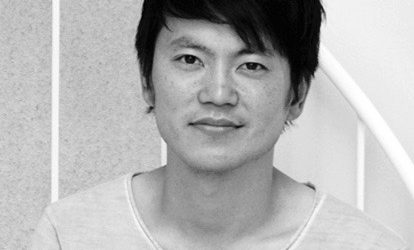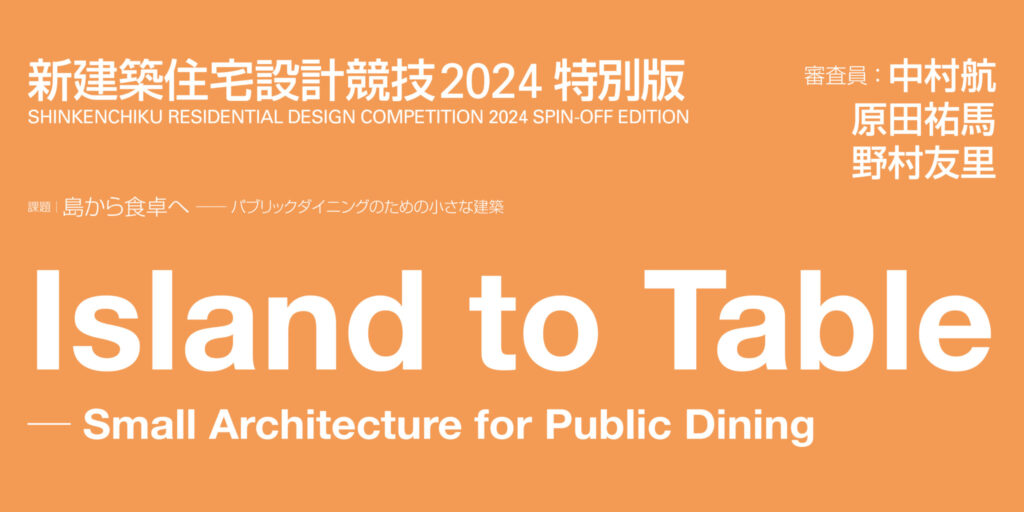Competition 2020 Sustainability and Urbanism: Jury Report
2020.12.19
Christoph Ingenhoven Jury Member
What should 21st century architecture do? The world’s population will rise to 9.3 billion by 2050. Most of them, if we can believe the prognoses, will live in big cities. Some will live in mega cities with up to 100 million inhabitants. At the same time, cities are responsible for 80% of carbon dioxide emissions. In the future, we will require an urban building culture that allows for incredibly dense living. Tokyo, Shanghai or New York are well-functioning contemporary examples.
However, current events illustrate how vulnerable mega cities are. Do we require a new mode of thinking in the wake of the COVID-19 crisis and the social distancing that ensued? These are the questions posed to the seventy-eight participants in this competition.
I selected works, which address the important social issues arising from the crisis, and had a remarkable approach to providing answers and solutions. After the first review, I shortlisted twelve projects, which deal mainly with three concepts: Future Housing, Future urbanism and Utopia/ Science Fiction. Multiple entries displayed the integration of design elements that actively contribute to sustainability or social return. As all selected winners had an individual approach and a different answer to the questions, I chose to award five projects equally and without additional ranking.
I really appreciate all the great ideas and effort that went into the submitted works and hope that we will continue working on the concepts to create answers to the questions of the future.
[124] Ark the shelter for living + working + supply: This project addresses the complex issue of the Covid-19 pandemic and other pandemic events. The proposal on the one hand is part of the highly dense city network but on the other hand provides a complex mixed-use micro community solution that can act independently from the wider community if needed. I appreciated the well-chosen construct of a new way of living+working+supply in populated cities, to cope with potential public health problems, caused by large population aggregation.
[204] House with Growth: This project is a fictional future answer to a rising population. The competitor faces the problem with a self-growing house. The project combines a modular system with a public space and platformed farmland that gives the area build on back to the community.
[146] Artificial invasion of nature: This proposal makes it clear that greening in architecture is mandatory and can be added to existing buildings as such re-greening the city.
[220] Urban Resource House: The forward-thinking proposal presents an urban resource house, which would produce its own resources for a given radius of population. They answer a challenging question how to supply resources to a deifying urban population without compromising the natural environment. Through this concept, they influence the community and the transportation ways, which has a big impact on climate change and sustainability.
[111] Vertical Urban Village: This clever housing unit is an interplay between a lively community and sustainability. This modular system is built on four important concepts: structure, living, farming and public spaces. This concept should encourage resource reusing and energy efficiency. It’s a smart proposal, which could have been further enhanced by integrating working spaces.
[241] Void-Volume: This work is worth a special mention, because of the creative idea facing the society with the problems we have / (recourse’s we spend). It’s not an answer to the questions, but an interesting, attention-grabbing work, which should be appreciated in its development and idea.
